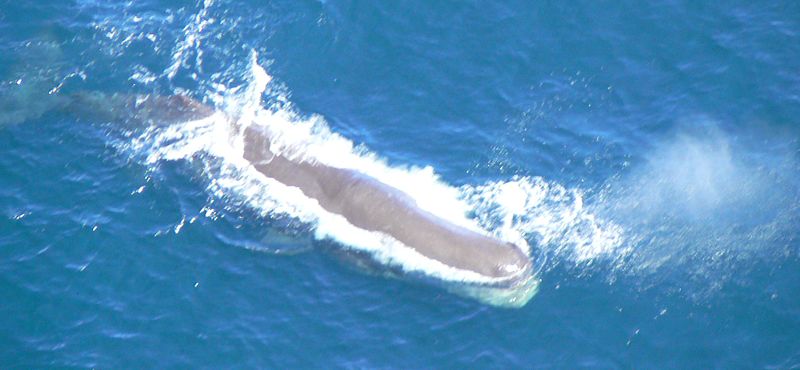
Photo credit: cianc
Whales, dolphins and porpoises live in a water world and face such a different day to day experience that it’s hard to imagine. Yet, they are mammals like us and seem to make it work despite dealing with an alternate universe here on earth…the ocean. As the Encyclopedia of Marine Mammals points out, cetaceans live in an environment that is in constant motion with “water masses, surface currents, fronts, eddies, island wakes,” just to name a few ocean oddities.
In the ocean, “light attenuates more quickly and sound travels faster and farther in water as compared to air.” Hence the reason many cetaceans have adapted by developing amazing built-in sonar capabilities such as echolocation to hunt prey and find their way in dark waters.
Cetaceans live in a crazy variety of environments, some in freezing water near the poles, others in fresh water found in major river systems and others in the deepest oceans. Whales, dolphins or porpoises living in unique environments have developed even more specialized adaptations to survive. Cetacean ecology takes all these things into consideration and looks for patterns to achieve greater understanding. What allows sperm whales and beaked whales to dive so deep and how do river dolphins find prey in muddy water?
Why do killer whales live all over the world while the vaquita porpoise only lives in a very tiny area in the northern Gulf of California? These are all questions considered by cetacean ecologists to help understand the lives of cetaceans and how they successfully live in their alien ocean home.
Leave a Reply